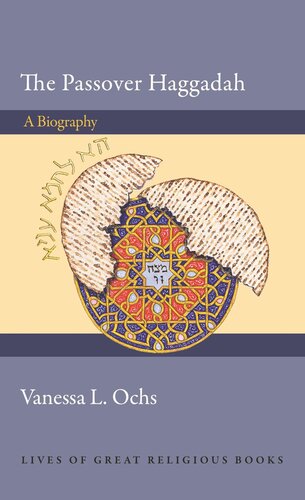

Most ebook files are in PDF format, so you can easily read them using various software such as Foxit Reader or directly on the Google Chrome browser.
Some ebook files are released by publishers in other formats such as .awz, .mobi, .epub, .fb2, etc. You may need to install specific software to read these formats on mobile/PC, such as Calibre.
Please read the tutorial at this link: https://ebookbell.com/faq
We offer FREE conversion to the popular formats you request; however, this may take some time. Therefore, right after payment, please email us, and we will try to provide the service as quickly as possible.
For some exceptional file formats or broken links (if any), please refrain from opening any disputes. Instead, email us first, and we will try to assist within a maximum of 6 hours.
EbookBell Team

4.1
40 reviewsThe life and times of a treasured book read by generations of Jewish families at the seder table
Every year at Passover, Jews around the world gather for the seder, a festive meal where family and friends come together to sing, pray, and enjoy traditional food while retelling the biblical story of the Exodus. The Passover Haggadah provides the script for the meal and is a religious text unlike any other. It is the only sacred book available in so many varieties—from the Maxwell House edition of the 1930s to the countercultural Freedom Seder—and it is the rare liturgical work that allows people with limited knowledge to conduct a complex religious service. The Haggadah is also the only religious book given away for free at grocery stores as a promotion. Vanessa Ochs tells the story of this beloved book, from its emergence in antiquity as an oral practice to its vibrant proliferation today.
Ochs provides a lively and incisive account of how the foundational Jewish narrative of liberation is remembered in the Haggadah. She discusses the book's origins in biblical and rabbinical literature, its flourishing as illuminated manuscripts in the medieval period, and its mass production with the advent of the printing press. She looks at Haggadot created on the kibbutz, those reflecting the Holocaust, feminist and LGBTQ-themed Haggadot, and even one featuring a popular television show, The Marvelous Mrs. Maisel. Ochs shows how this enduring work of liturgy that once served to transmit Jewish identity in Jewish settings continues to be reinterpreted and reimagined to share the message of freedom for all.